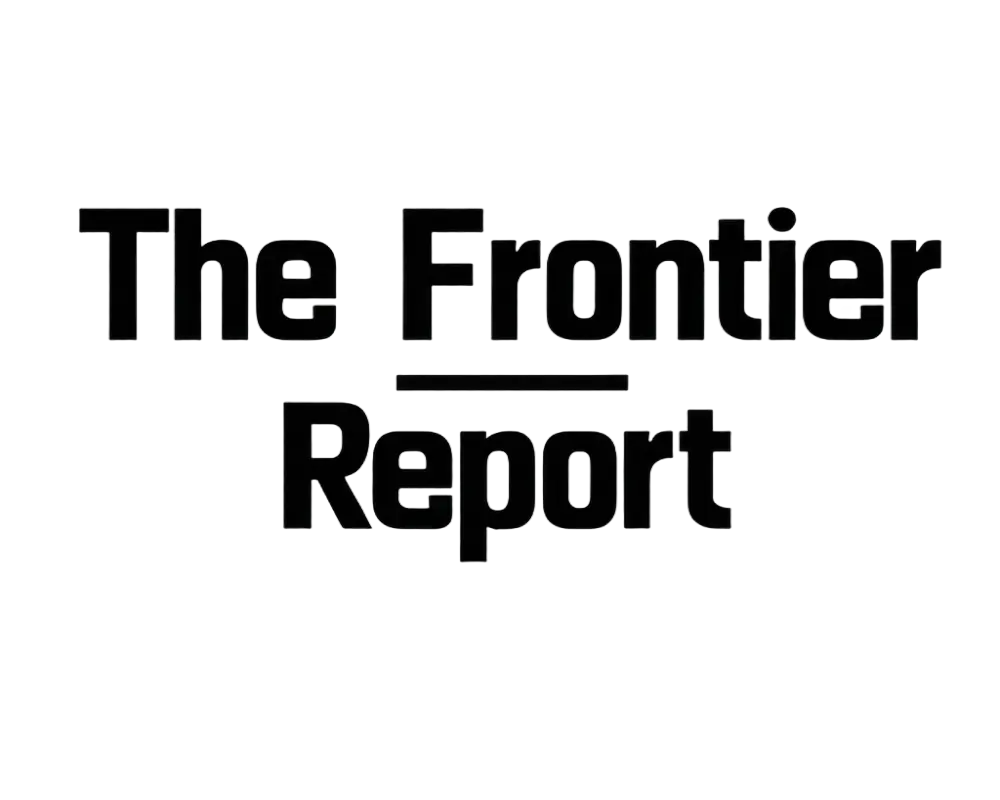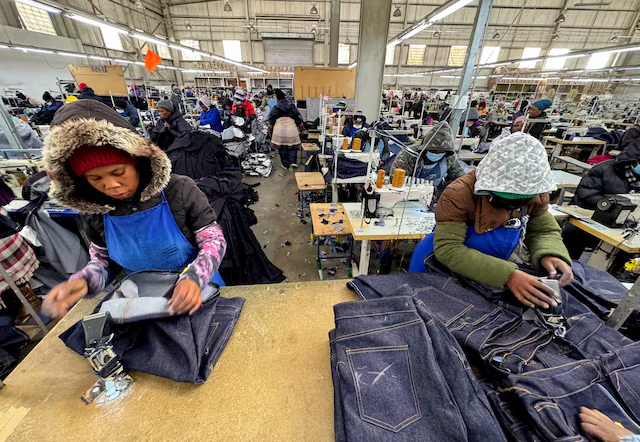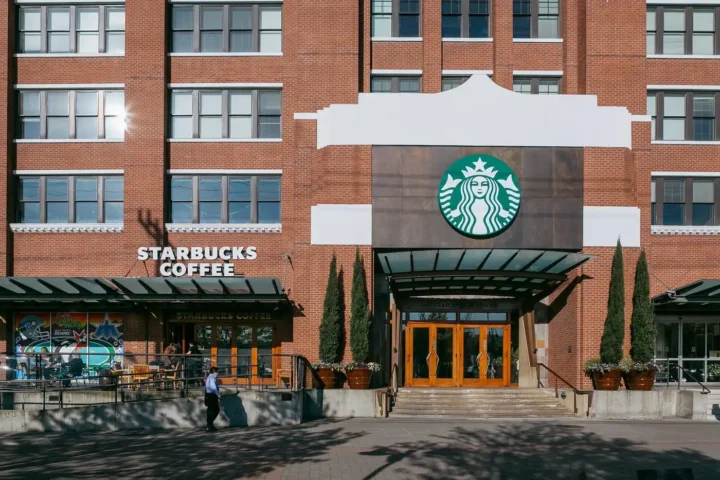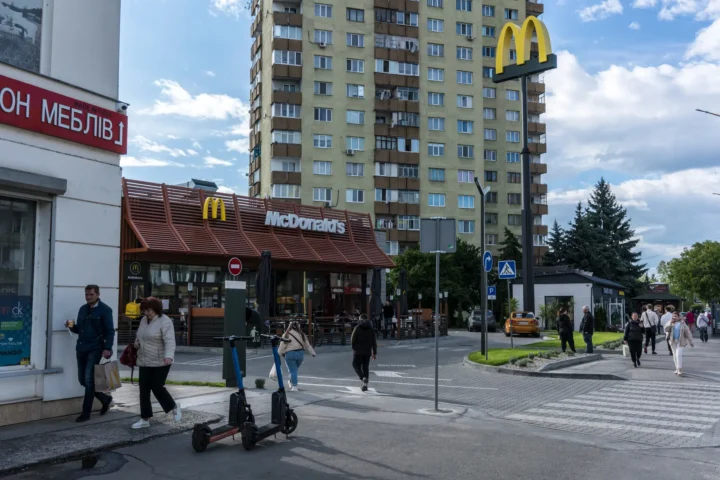Lesotho, a small mountain nation in southern Africa, just got a break: the U.S. cut its punishing tariff from 50% down to 15%. But the damage is already done. Factories have shut down. Jobs are gone. And the country’s economy is in freefall.
A Trade Hit Out of Nowhere
It started in April 2025, when President Trump rolled out his “Liberation Day” tariffs—10% on most imports, with much higher penalties for countries seen as unfair traders. Lesotho was hit with a 50% tariff, one of the highest. U.S. officials said Lesotho was blocking American goods. Locals say that claim didn’t hold water.

The Collapse Was Instant
Lesotho’s economy runs on garment exports, mostly to the U.S. The moment the tariff landed, American buyers started canceling orders. Factory floors emptied. Within weeks, thousands—mainly women—were out of work. Whole neighborhoods lost their income overnight.
The government declared a state of disaster. This wasn’t a dip—it was a crash. Not just for factories, but for everything around them: food stalls, transport, landlords. The fallout spread fast.
A Tariff With Flimsy Facts
The U.S. claimed Lesotho was charging 99% on American goods. But Lesotho doesn’t even control its own trade rates—it’s part of a regional customs bloc. And it barely imports from the U.S. anyway. The tariff felt more political than practical.
After global pressure and grim headlines, the U.S. adjusted the rate down to 15% on August 1. That helped—but came too late for many.
The Damage Is Deep
Even a 15% tariff is above the normal 10% baseline. That extra cost makes Lesotho’s exports less appealing. Margins are tight. Confidence is shot. “It’s not just the tariff,” said one factory owner. “It’s the back-and-forth. No one trusts the rules anymore.”
Some buyers are walking away for good. Others are watching from the sidelines. Rebuilding won’t be easy.
Scrambling for Options
Lesotho is now chasing new buyers. Officials are looking to African markets and other developing economies. But trade routes take time. Infrastructure takes money. Lesotho doesn’t have much of either.
The bigger question: Why hit a tiny economy like Lesotho with a tariff meant for giants? For years, U.S. programs like AGOA helped Lesotho grow by giving it access to American markets. That access turned into a risk overnight.
A Wake-Up Call
The lowered tariff might slow the bleeding, but the wound is open. Some factories won’t come back. For many families, the job loss is permanent. Recovery will be slow—if it comes at all.
Lesotho got caught in the crosshairs of global politics. A country that followed the rules ended up paying the price. And now it’s trying to rebuild, one step at a time, with the ground still shifting under its feet.









